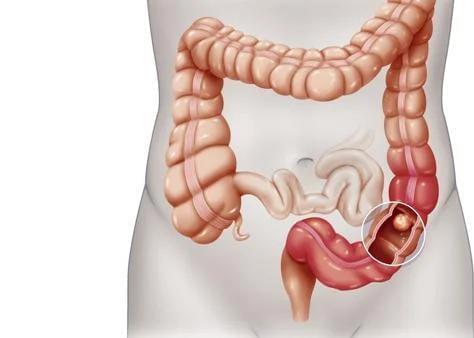
A team of computer scientists and roboticists with members from Texas A&M University in the U.S., and the Mohamed Bin Zayed University of Artificial Intelligence in Abu Dhabi, working with a colleague from Boston Dynamics, has configured a robot made by Boston Dynamics to seek out and stun weeds using a small blowtorch. The team has posted a paper describing their efforts to the arXiv preprint server.
Boston Dynamics, maker of the well-known quadruped Big Dog, has been working on technology to improve both the robot’s agility and processing ability. Its latest quadruped is Spot, a robot with increased agility, highly accurate sensors and a brain that includes AI capabilities. In this new effort, the research team used some of Spot’s abilities to tame weeds growing on cropland.
The researchers trained Spot to recognize weeds among a field of regular crops. They also strapped a small tank filled with propane to its back that is used to fuel a small blow torch held by the robot’s arm. The idea is for Spot to wander around cropland looking for weeds and upon finding them, stun them by blasting their central parts with burning gas. The blowtorch is not used to incinerate the weed, but to heat its core to such an extent that the growth of the weed is stunted for several weeks.


















